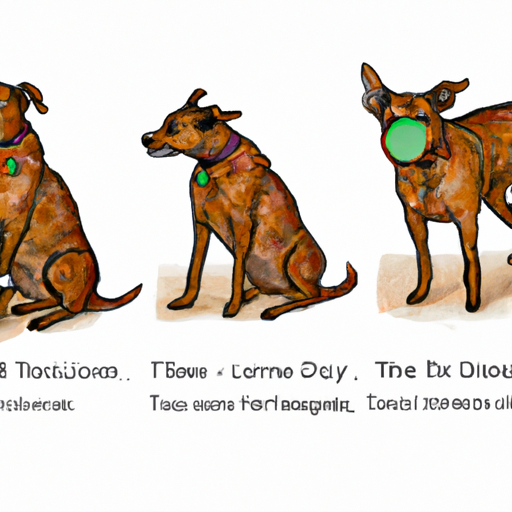As a caregiver to your furry friend, you might have heard about Lyme disease, a condition that affects not just humans but also our canine companions. This bacterial illness, transmitted through the bite of an infected tick, progresses through three stages, each with its own unique symptoms and complications. In this comprehensive guide, we’ll delve deep into the three stages of Lyme disease in dogs: early localized, early disseminated, and late disseminated.
Table of Contents
- Early Localized Stage
- Early Disseminated Stage
- Late Disseminated Stage
- Preventing Lyme Disease in Dogs
- Frequently Asked Questions
Key Takeaways:
- Lyme disease in dogs progresses through three stages: early localized, early disseminated, and late disseminated.
- Each stage has unique symptoms, from mild lethargy and joint pain in the early localized stage to severe kidney damage in the late disseminated stage.
- Preventative measures, like tick control and vaccination, are key to protecting your dog from Lyme disease.
Early Localized Stage
In the early localized stage, symptoms are typically mild and may go unnoticed. You might observe your dog experiencing lethargy, reduced appetite, or joint pain. Some dogs may also develop a fever. These signs usually appear 2-5 months after the tick bite.
Early Disseminated Stage
If undiagnosed or untreated, Lyme disease progresses to the early disseminated stage. Symptoms may become more severe and noticeable. Your dog may start limping, a result of inflammation in the joints. Other symptoms can include sensitive skin, difficulty breathing, and an enlarged lymph nodes.
Late Disseminated Stage
The late disseminated stage is the most severe. At this point, the bacteria have spread throughout your pet’s body. Dogs may experience serious complications like kidney damage, heart conditions, and neurological issues. The symptoms can be debilitating, and without treatment, the disease may even be fatal.
Preventing Lyme Disease in Dogs
Prevention is key when it comes to Lyme disease. This includes regular tick checks, using tick control products, and considering Lyme disease vaccinations. Keep your dog away from tick-infested areas and always consult your vet if you notice any symptoms.
The American Kennel Club provides an excellent resource on how to prevent Lyme disease in dogs.
Frequently Asked Questions
-
What are the symptoms of Lyme disease in dogs?
Symptoms include lethargy, reduced appetite, joint pain, limping, sensitive skin, difficulty breathing, enlarged lymph nodes, and in severe cases, kidney damage, heart conditions, and neurological issues. -
How is Lyme disease in dogs diagnosed?
Diagnosis is typically based on symptoms and a history of possible exposure to infected ticks. Your vet may also use blood tests to confirm the diagnosis. -
Can Lyme disease in dogs be cured?
While there’s no cure for Lyme disease, it can be managed with antibiotics and supportive care. Early detection is crucial for minimizing complications.
For more detailed information on Lyme disease and other pet health topics, check out OneTopDog. Their posts on tick control, dog vaccinations, and general pet care are particularly relevant to this topic.
Remember, as a caregiver, your vigilance can make a world of difference in your dog’s health. Be aware of the signs of Lyme disease and consult your vet if you have any concerns.



